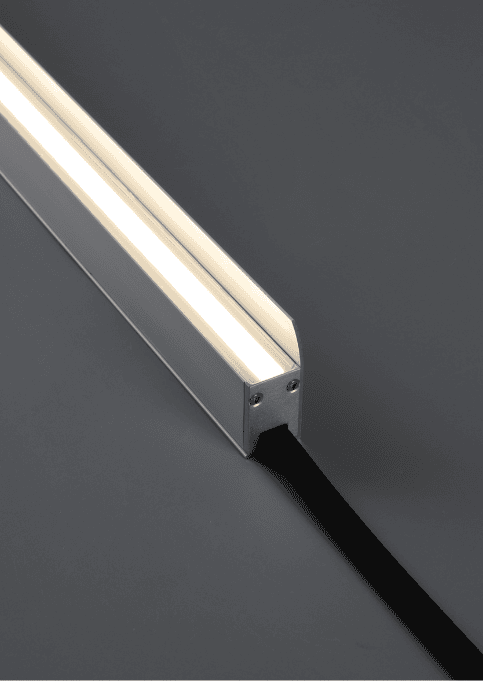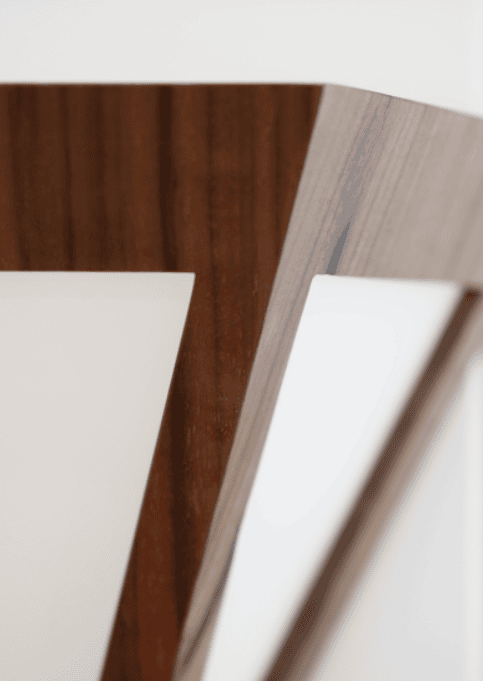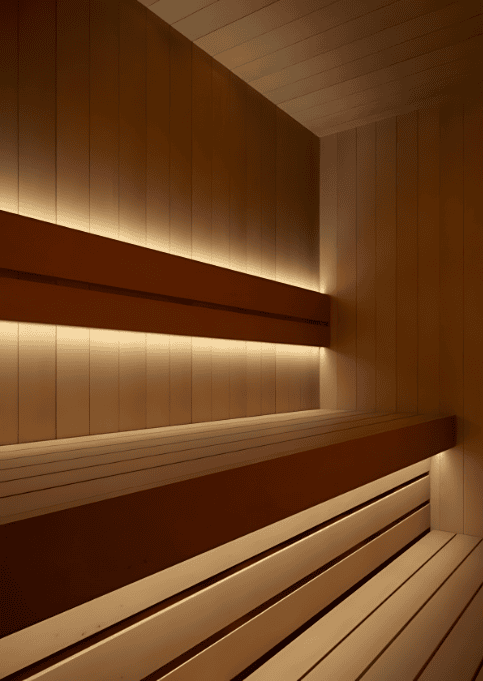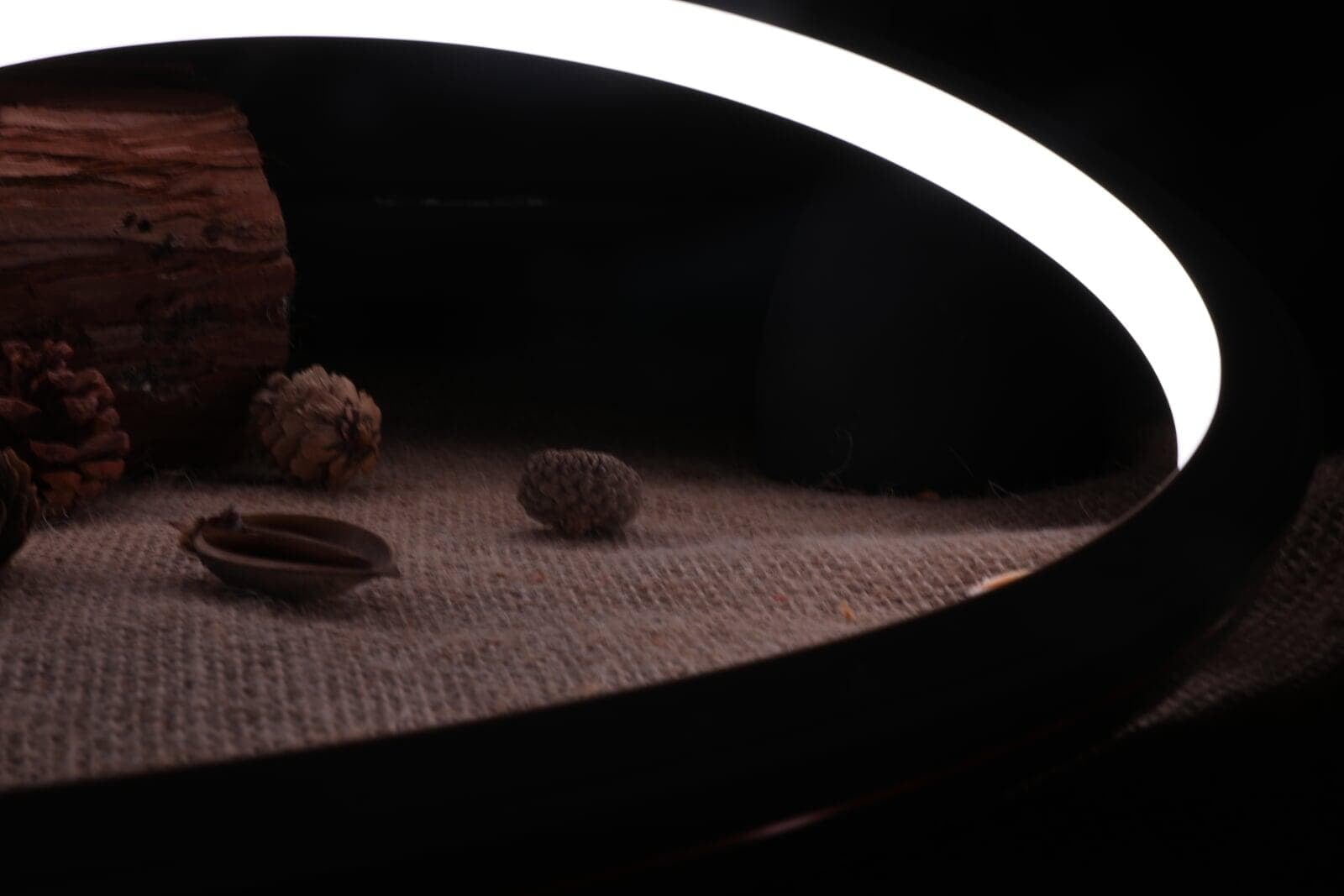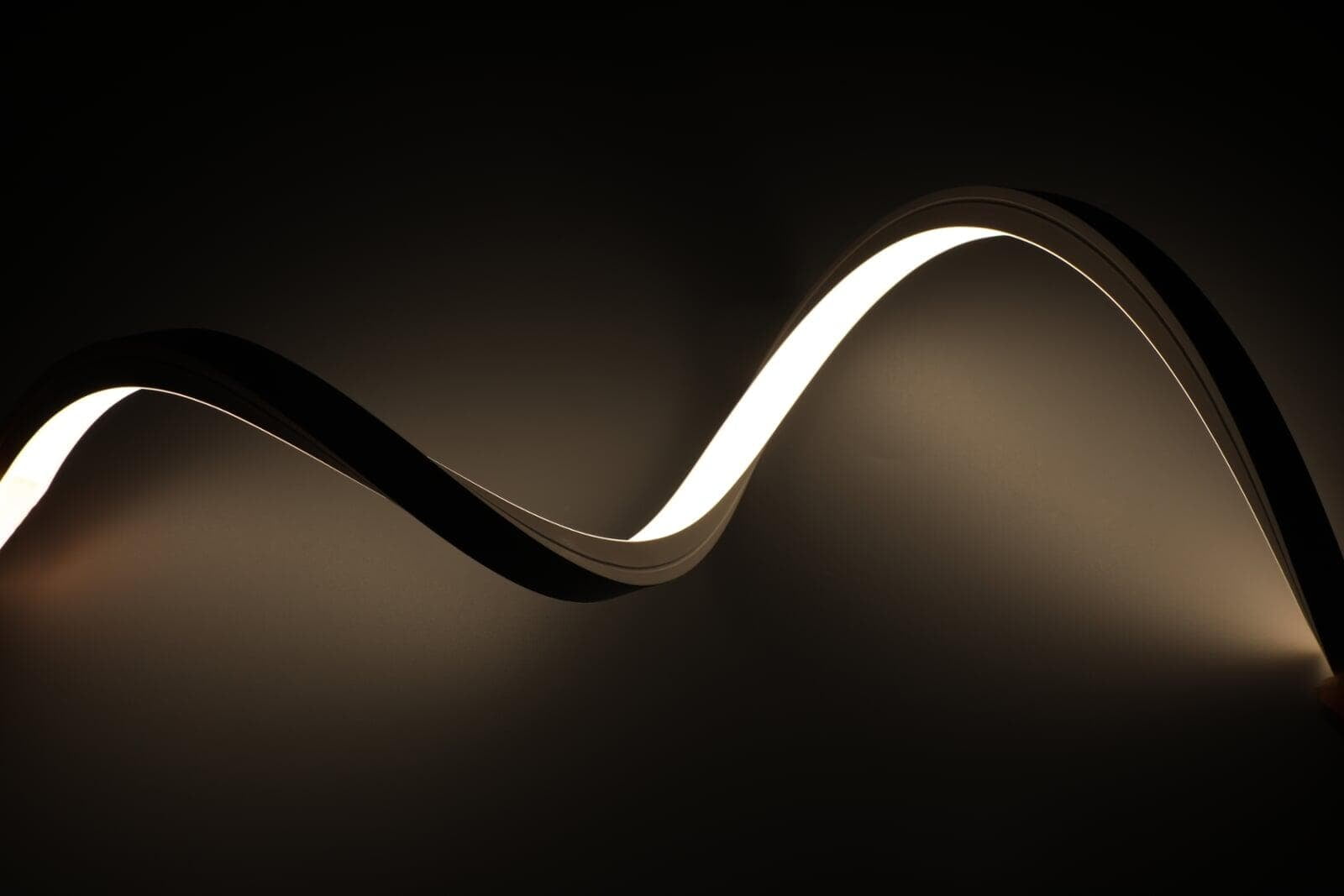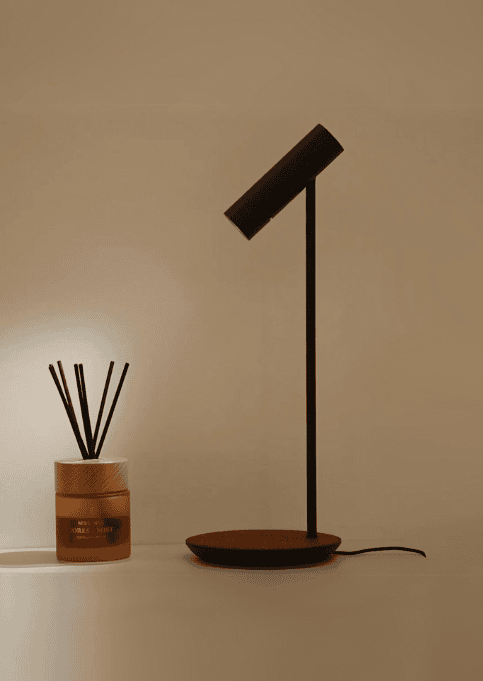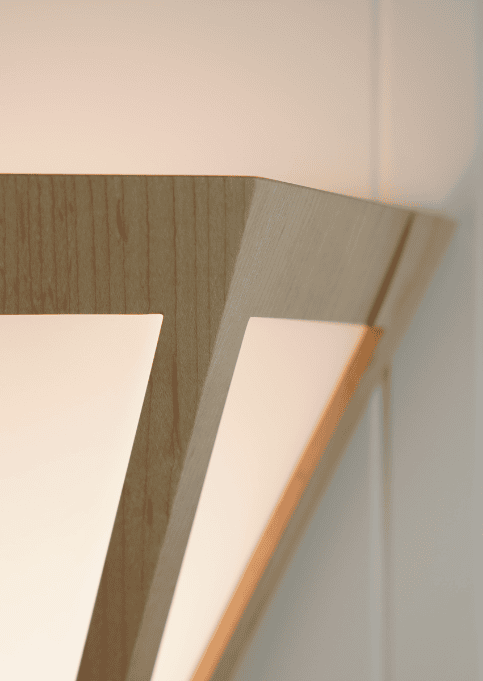Lighting Trends and Innovations
Lighting Trends and Innovations
The domain of lighting design is perpetually advancing, driven by the interplay of technological innovation, environmental imperatives, and aesthetic evolution. As we embark on 2025, the trends shaping illumination across residential, commercial, and public spaces demand closer examination. At Kendila, our approach transcends passive observation; we actively engage in redefining the boundaries of lighting design. This discourse serves as both a reflection and a projection, catering to architects, interior designers, distributors, and other stakeholders seeking nuanced insights into the future of lighting.
Sustainability as a Pivotal Paradigm
Decreased environmental impact, aligning projects with green building standards.
Enhanced marketability to environmentally conscious clientele.
Proactive compliance with evolving regulatory frameworks.
Explore Kendila’s portfolio of energy-efficient and sustainable lighting solutions to contribute to an ecologically responsible future while enhancing your projects’ competitive edge.
Biophilic Lighting: Harmonizing Nature and Architecture
The symbiotic relationship between human well-being and the natural environment has catalyzed the emergence of biophilic lighting design. By replicating the dynamic qualities of natural light, this approach fosters psychological comfort, heightened productivity, and improved health outcomes. The integration of biophilic lighting within hybrid workspaces and contemporary interiors underscores its relevance in addressing the complexities of modern living.
Advanced biophilic designs employ tunable lighting systems that emulate natural circadian rhythms, seamlessly transitioning from invigorating cool tones to soothing warm hues. Such adaptability is pivotal in crafting environments that resonate with the human psyche. Kendila’s Celia series, engineered for high-resilience applications, exemplifies this design philosophy, marrying thermal durability with biophilic principles to transform even the most challenging environments.
The Ascendance of Bespoke and Artisanal Creations
- Amplifies the narrative identity of a space.
- Demonstrates a commitment to craftsmanship and authenticity.
- Facilitates deeper emotional engagement with end-users.
Smart Lighting: The Intersection of Innovation and Utility
- Seamless integration with platforms such as Alexa and Google Home.
- Enhanced energy management through real-time monitoring.
- Remote configurability for unparalleled user convenience.
Position your projects at the vanguard of technological evolution by integrating Kendila’s intelligent lighting solutions. From residential smart systems to large-scale commercial installations, we provide tailored expertise.
Versatility in Lighting for Multi-functional Spaces
- Scalability to accommodate evolving spatial functions.
- Precision engineering for optimal energy efficiency and visual comfort.
- Harmonization of form and function in adaptive designs.

